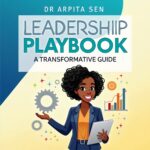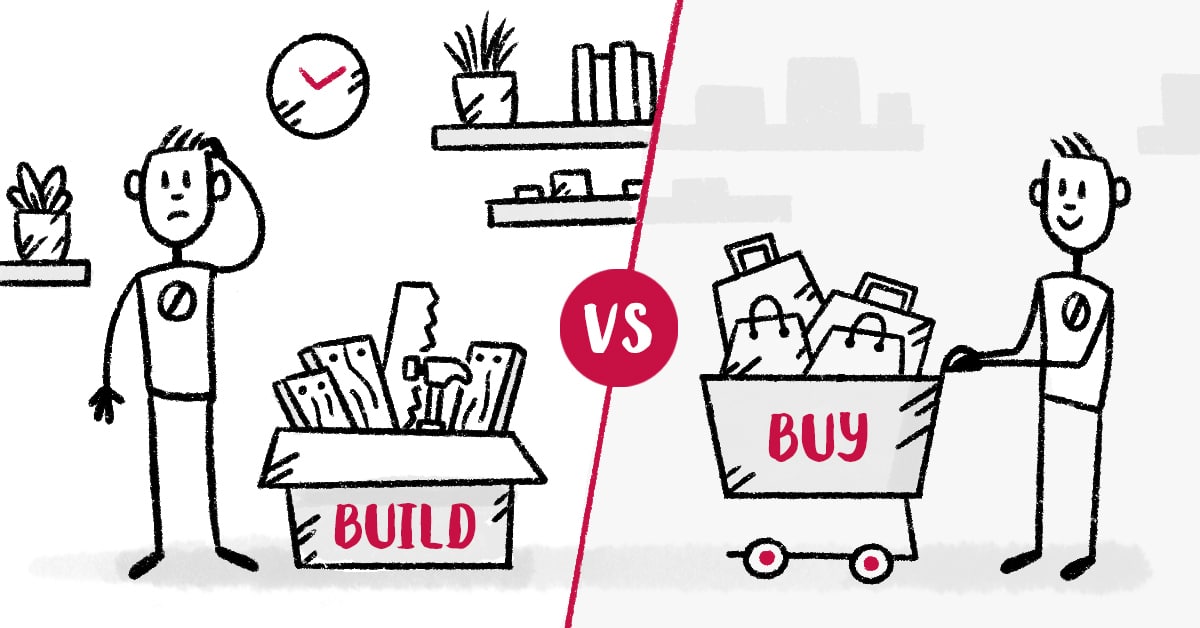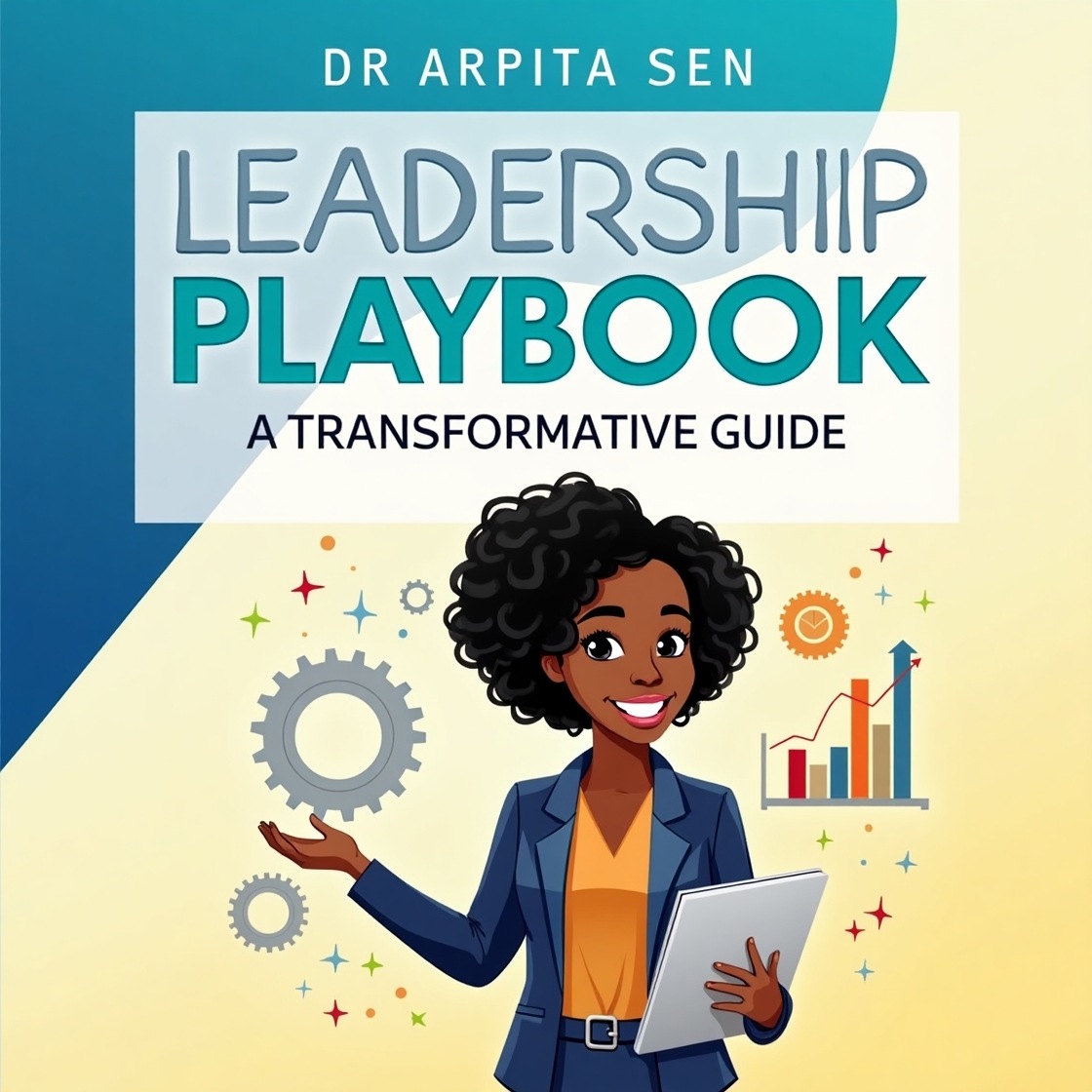In the dynamic landscape of talent development, organizations face a critical decision – whether to build internal capabilities through training and development programs or to buy expertise externally by hiring skilled professionals. This strategic choice, often referred to as the “Build versus Buy” dilemma, has significant implications for an organization’s long-term success. In this article, we will explore the factors influencing this decision, provide relevant examples, and analyze the pros and cons of each approach.
1. Building Internal Capabilities:
Pros:
- Customization: Developing in-house capabilities allows organizations to tailor training programs to suit specific business needs.
- Cultural Alignment: Internally developed talent is more likely to align with the organization’s culture and values.
- Cost Control: Over the long term, building capabilities may be more cost-effective than frequent external hires.
Cons:
- Time-Consuming: Building internal capabilities can be a time-consuming process, delaying the realization of benefits.
- Resource Intensive: Requires significant resources for training, mentorship, and skill development programs.
- Risk of Attrition: Skilled employees developed internally may be more prone to leaving the organization after acquiring valuable skills.
Example: GE’s Crotonville Leadership Development Institute:
General Electric (GE) is renowned for its commitment to building internal leadership capabilities. The Crotonville Leadership Development Institute serves as a hub for leadership training, focusing on nurturing talent from within the organization. Through immersive programs, GE develops leaders who understand the company culture and are well-equipped to navigate its unique challenges.
2. Buying External Expertise:
Pros:
- Immediate Impact: Hiring externally provides immediate access to specialized skills and expertise.
- Market Knowledge: External hires may bring fresh perspectives and industry knowledge from previous experiences.
- Risk Mitigation: Reduces the risk associated with the time and resources required for internal development.
Cons:
- Cultural Misalignment: External hires may take time to acclimate to the organization’s culture and values.
- Higher Initial Costs: Recruitment and onboarding expenses may be higher initially compared to internal development.
- Integration Challenges: Incorporating external hires seamlessly into the existing team may pose integration challenges.
Example: Google’s Acquisition of DeepMind:
Google’s acquisition of DeepMind in 2014 exemplifies the “Buy” strategy for capability development. DeepMind, a UK-based artificial intelligence company, brought cutting-edge expertise in machine learning and artificial intelligence to Google. This strategic move allowed Google to rapidly enhance its capabilities in emerging technologies.
3. Striking a Balance: The Hybrid Approach:
Recognizing that the Build versus Buy decision is not binary, many organizations adopt a hybrid approach. This involves combining internal development programs with strategic external hires to achieve a balance between immediate impact and long-term sustainability.
Example: IBM’s Training and External Hires:
IBM has adopted a hybrid model for capability development. The company invests heavily in training programs, reskilling its existing workforce to meet the demands of emerging technologies. Simultaneously, IBM strategically hires external experts with specialized skills to enhance its capabilities in areas such as artificial intelligence, cloud computing, and cybersecurity.
Conclusion:
The Build versus Buy decision is a nuanced choice that depends on various factors, including organizational goals, industry dynamics, and the specific skills required. While building internal capabilities fosters a strong organizational culture and may be cost-effective in the long run, buying external expertise provides immediate access to specialized skills and insights.
In today’s fast-paced business environment, a flexible and adaptive approach is crucial. Organizations must carefully assess their unique needs, consider the pros and cons of each strategy, and strike a balance that aligns with their long-term objectives. Whether building, buying, or adopting a hybrid model, the key is to continually reassess and evolve talent development strategies in response to changing business landscapes and emerging opportunities.











